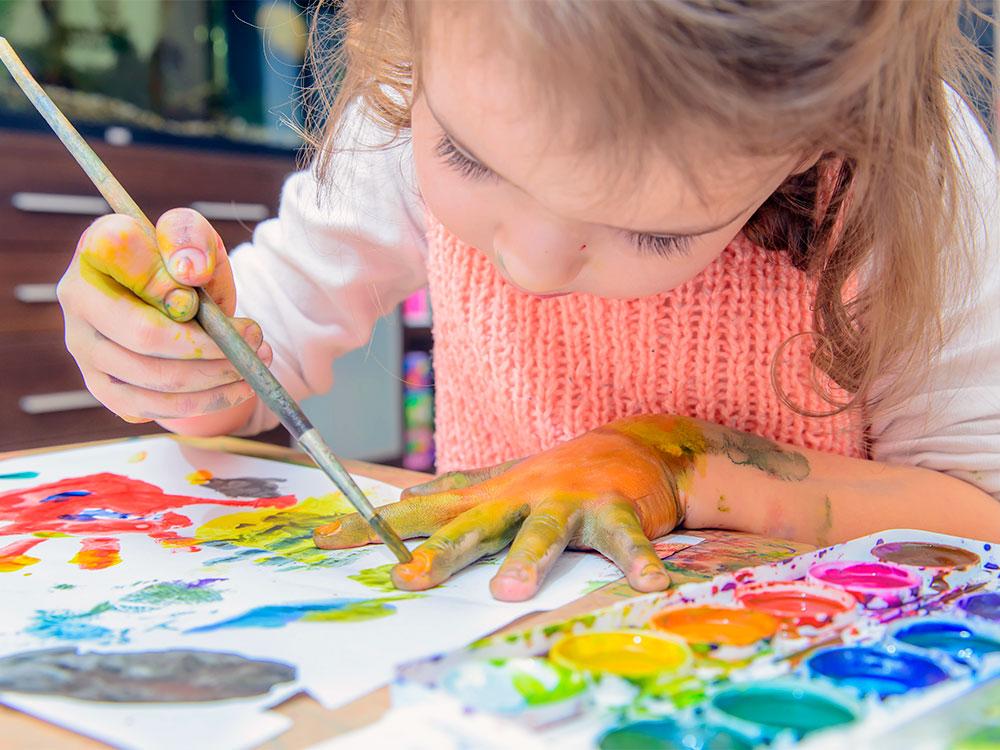Expressive Art & Design

Expressive Arts and Design
Imagination and Creativity
Creativity is children’s unique response to all that they see, hear, feel and experience. A child’s individual responses to materials, experiences and ideas inspire their creativity and imagination. Children’s responses can be physical, emotional, social, cultural or a combination. Younger children might respond in verbal and non verbal ways, for example, a toddler swaying to music.
For young children to have an individual response it’s important you do not have a set goal. Children need their contributions to be noticed and valued so they build confidence and resilience. Give children enough space and time to experience and explore. Help and encourage them to develop their own curiosity and creativity. A child’s imagination and creativity are enriched through their awareness of art and other children around them. All of these creative experiences build powerful connections within the brain, Creativity is associated with focus, independence, a willingness to explore and ingenuity.
As children develop in imagination and creativity they are able to tell a story, relate to other people, keep themselves emotionally grounded and enter their imaginary worlds.
Self-Expression
Self-expression, through being creative and playing with materials, encourages and supports children’s imagination and thinking process development. It allows them to produce new understandings, experiencing the world from different perspectives. Opportunities to manipulate materials are essential for children to develop their skills and express themselves.
We have a good range of ‘open-ended materials’ that children can use how they like, constructing, manipulating and transforming them through self-directed play. This allows them to explore and inquire in an active and participatory way, expressing their thoughts, actions and ideas in many different ways. They also learn to appreciate the creative work of others, including art, music, dance and performance. The more confident children are with the range of materials they have to explore and use imaginatively, the more skilful they become in expressing themselves. They will be able to communicate their original ideas, which they could struggle with in other situations.
Communicating through the Arts
Communication and expression are the ways children share their responses to what they see, hear and experience. Creative expression supports children’s emotional wellbeing and reduces anxiety. It’s how children represent themselves, their thoughts and feelings as they develop their ideas.
Self-expression is children’s way of showing what they understand and know, through exploring:
- materials
- painting
- sculpting
- singing
- dancing
- roleplaying
Children can express their feelings through dance. Children will show confidence in the way they can move their whole bodies as well as isolate movements with their arms, hands, legs and feet. Older children are able to express themselves in the way they use materials for art and design. Children are aware of performance from a young age. They understand what it means to have a performer and an audience. Some children have a need to ‘perform’ every day and will find a performance area for themselves, inside or outside. When we respond to children’s self-expression we gain an insight into their thoughts and experiences. It allows us to respond by praising, mirroring, repeating and considering what they are doing.
